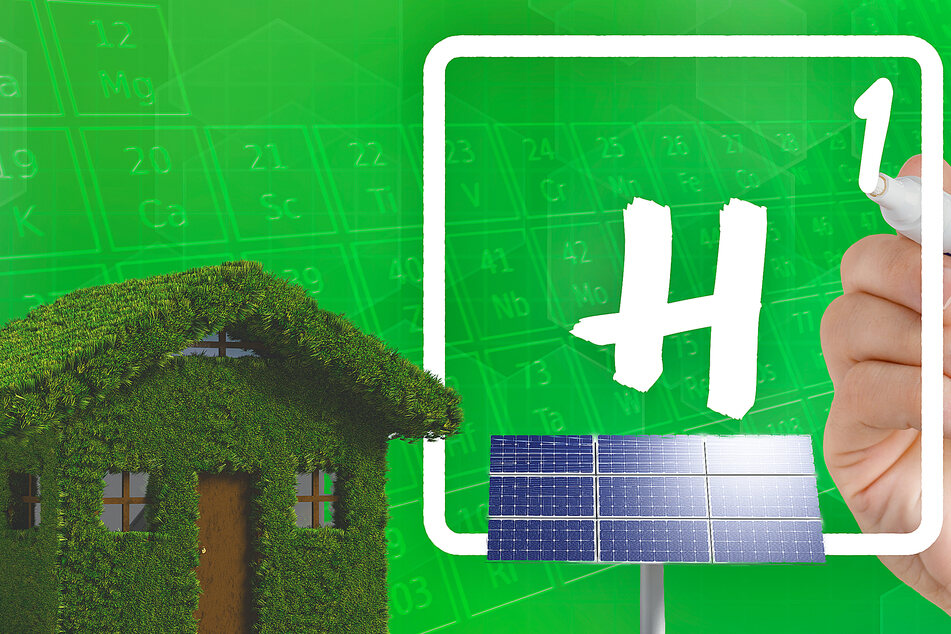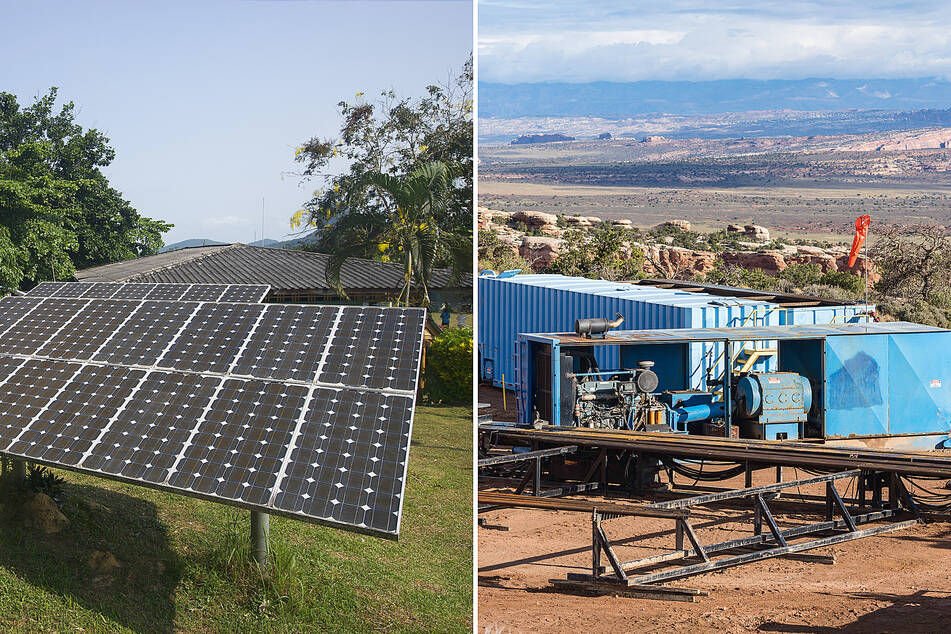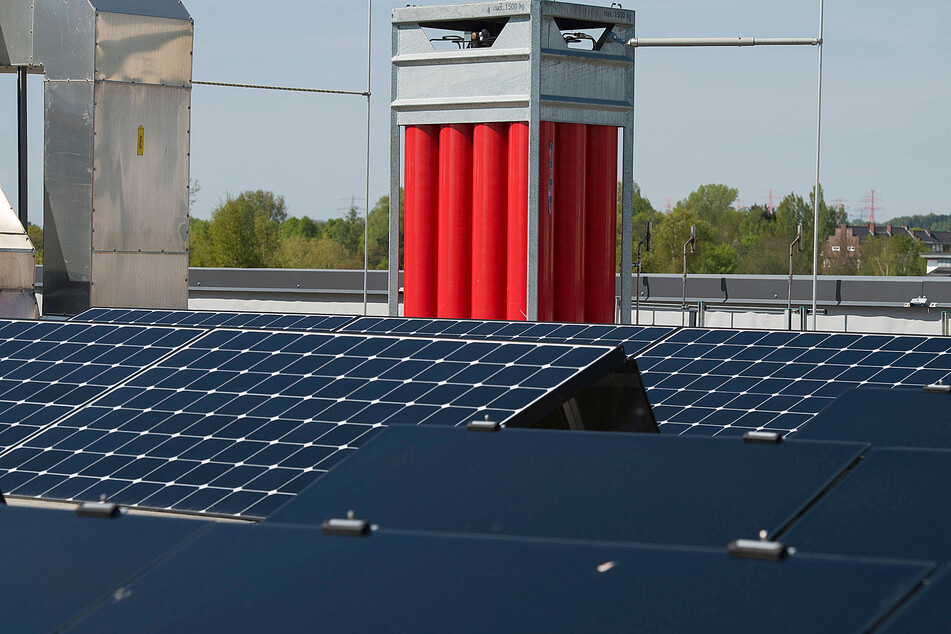Microgrids: Here's how you can turn your own home into an energy supply
Los Angeles, California - One hurdle to solving the climate crisis has been keeping electricity flowing when the sun is down, the sky is cloudy, or wind has lulled. Battery storage is the key, but there's more than one way to store a cat-ion.

Small-scale microgrids that rely on solar panels and hydrogen is one way to get rural areas and even residential homes off of fossil fuels.
The setup boils down to solar panels on your property coupled with a nifty piece of generation tech called an electrolyzer, which uses excess electricity from your solar panels to split water molecules into hydrogen and oxygen.
You then put the hydrogen into fuel cells and use them to power your home when the sun goes down or the sky is cloudy.
This can turn a single house or neighborhood into its own power generator, and amp up its resilience to power outages.
Being able to fall back on stored hydrogen could keep the lights on during the more frequent and intense climate change-induced weather events.
Such a microgrid could have been key in early 2021, when Texans were hit with power outages during a surprisingly brutal winter storm.
Another reason to move towards microgrids that can store energy is simple: get more parts of the world that are currently dependent on polluting fossil fuels to go green.
The price isn't so high in the long run

There is a cost trade-off, because you have a steeper price upfront for the solar panels, the hydrogen fuel cells and a generator that runs on the stored gas, as well as a power converter.
A solar panel system that also tanks up hydrogen fuel cells can easily head towards $35,000 for a residential setup.
Most places that would be best suited for a microgrid tend to have diesel generators, and buying one of those only sets you back a few thousand dollars.
But there is another way of looking at the price, because in the long-term, diesel generators will still need fuel, but a renewable hydrogen microgrid basically pays for itself over time.
Even back in 2020, the price of running a microgrid built around solar panels and hydrogen was able to compete with relying only on a diesel generator, according to a report from hydrogen company Enapter.
Another concern is water usage, because current methods of splitting hydrogen from water mainly lean on heavy fossil fuel use, which need lots of water as coolant.
But according to a study from the American Chemical Society, getting hydrogen through electrolysis has a tiny impact on the world's freshwater reserves, as long as the hydrogen is truly green, and produced only with power from renewable sources.
Pilot projects underway

California is already trialing its first pre-built hydrogen-powered home, which unites solar panels, hydrogen storage, a battery system, and assistance from natural gas, according to SpectrumNews1.
The modular home, which can be put together like a Lego set, is attached to a microgrid that will power 20 homes.
Pilot projects are also underway in countries around the world, including Germany, Sweden, India, and Australia.
One Australian project stands out as a perfect example for how solar panels paired with hydrogen generation can replace polluting diesel generators.
As reported by Australia's ABC, the rainforest region of Daintree, which is a protected World Heritage site in the state of Queensland, is getting a solar-hydrogen microgrid. The $14 million deal was signed March 7 and will build a system to power hundreds of homes while having zero negative impact on the environment.
Green hydrogen from the excess power generated by solar panels is an excellent alternative to sticking with natural gas, and could soon be keeping the lights on in more communities around the world.
Cutting emissions from fossil fuels is key to halting climate change, especially while the Intergovernmental Panel on Climate Change says there is still time for drastic action. Renewable solar-hydrogen microgrids are one more piece of that puzzle.
Cover photo: Collage: IMAGO / Panthermedia (stock)